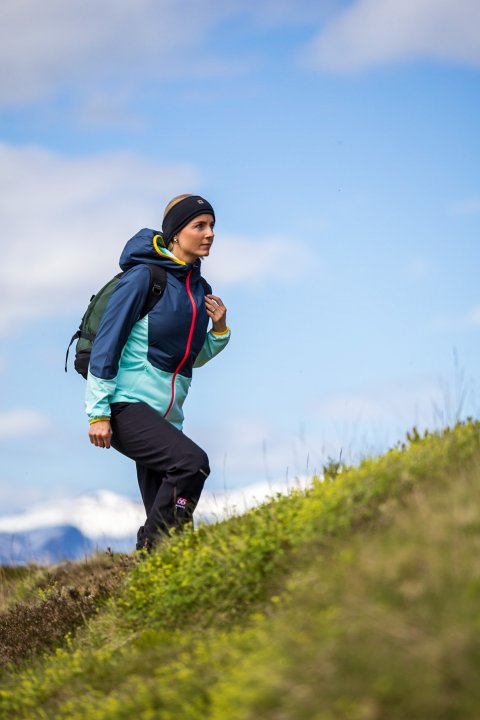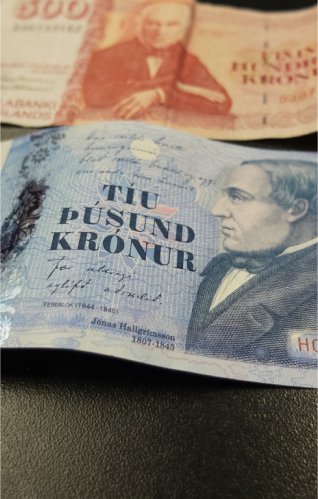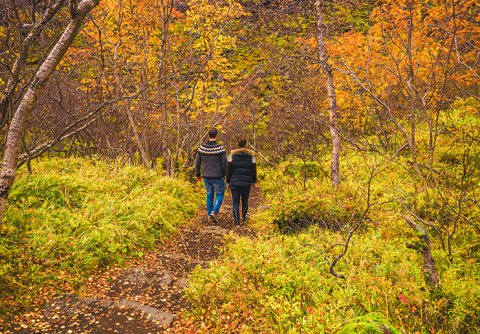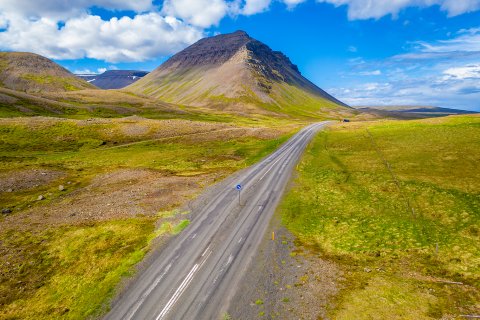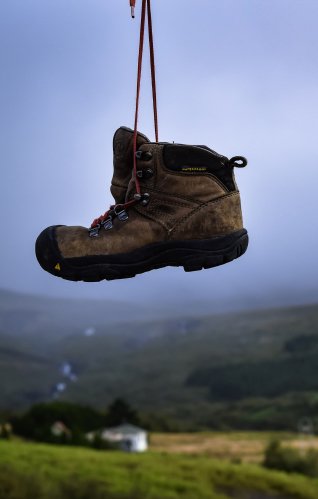Travel Trade
Visit North Iceland is responsible for marketing and promoting North Iceland, a friendly and tranquil area with a population of 36 thousand, including Akureyri, the largest town outside Reykjavík, and several historic coastal towns. The most visited attractions are Vatnajökull National Park, where you find Dettifoss, Europe's most powerful waterfall, and Lake Mývatn geothermal region with hot springs, volcanic areas, craters, geothermal nature baths, and fantastic lava formations. Here you'll find magical winters, Iceland's most popular ski area, energizing off-piste skiing slopes, the 13 Yule Lads (Santas), and unique locations for Northern Lights observation.



















